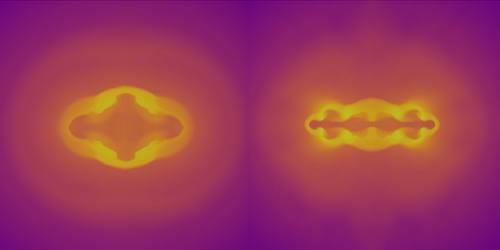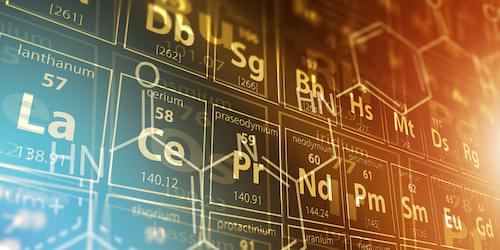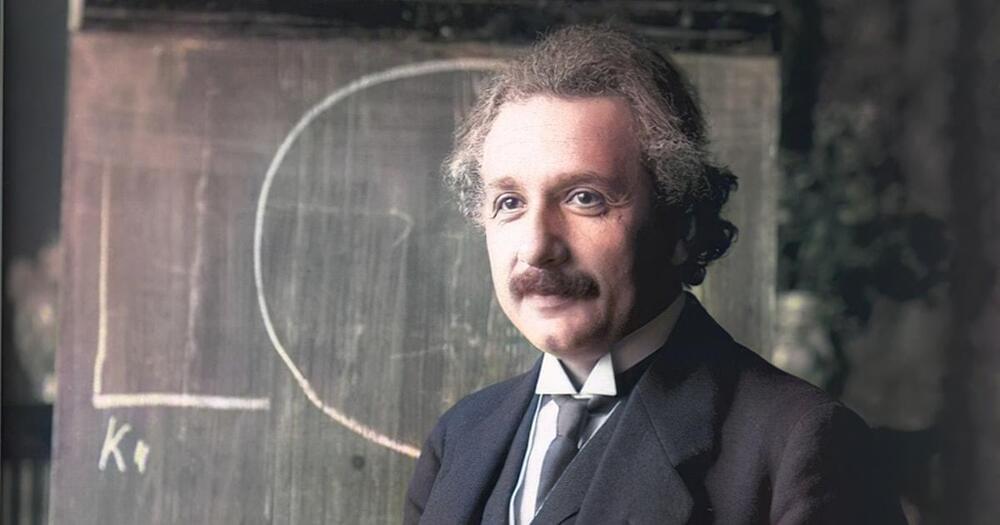Page 4842
May 15, 2022
The Standard Model of Particle Physics May Be Broken — A Physicist at the Large Hadron Collider Explains
Posted by Shubham Ghosh Roy in category: particle physics
As a physicist working at the Large Hadron Collider (LHC) at CERN
Established in 1954 and headquartered in Geneva, Switzerland, CERN is a European research organization that operates the Large Hadron Collider, the largest particle physics laboratory in the world. Its full name is the European Organization for Nuclear Research (French: Organisation européenne pour la recherche nucléaire) and the CERN acronym comes from the French Conseil Européen pour la Recherche Nucléaire.
The window is closing soon to send your name around the Moon.
Sign up for free and get a custom boarding pass for the NASA Artemis I flight: nasa.gov/wearegoing
Researchers have created a disk-shaped supersolid, an achievement that could provide new routes to exploring previously unseen states of matter.
May 15, 2022
Strong Magnetization Flattens a Fusion Implosion
Posted by Saúl Morales Rodriguéz in category: futurism
A powerful external magnetic field can transform both the heat flow and the shape of the implosion associated with inertial-confinement fusion—a laser-driven fusion technique.
New schemes based on Rydberg superatoms placed in optical cavities can be used to manipulate single photons with high efficiency.
May 15, 2022
Controlling Single Photons with Rydberg Superatoms
Posted by Saúl Morales Rodriguéz in category: quantum physics
New schemes based on Rydberg superatoms placed in optical cavities can be used to manipulate single photons with high efficiency.
The past decade has witnessed swift progress in the development and application of quantum technologies. Many promising directions involve using photons, the smallest energy packets of light, as carriers of quantum information [1]. Photons at optical wavelengths can be quickly transported through optical fibers over long distances and with negligible noise, even at room temperature. Unfortunately, one drawback is that photons do not normally interact with each other, which makes it challenging to manipulate a photon with another photon. Optical photons also couple weakly with other quantum systems, such as superconducting qubits, which makes it hard to interface these platforms with photons.
May 15, 2022
Parametric Amplification for Silicon Quantum Devices
Posted by Saúl Morales Rodriguéz in category: quantum physics
A new design based on the quantum capacitance of a silicon quantum dot could enable scalable, high-fidelity qubit readout.
The Facility for Rare Isotope Beams opens its doors to experiments that will study the formation of heavy elements in the Universe and provide critical tests of nuclear theories.
May 15, 2022
Rare Isotopes for the Choosing
Posted by Saúl Morales Rodriguéz in category: biotech/medical
The Facility for Rare Isotope Beams opens its doors to experiments that will study the formation of heavy elements in the Universe and provide critical tests of nuclear theories.
The nuclear physics community is hailing the kickoff of a long-awaited facility for producing beams of radioactive isotopes, with a cohort of users gearing up for the first experiments. The Facility for Rare Isotope Beams (FRIB) at Michigan State University opens its doors to experimenters this week. FRIB is expected to deliver the widest range of rare isotopes of any existing facility, including many never-before-synthesized isotopes. The facility will also allow researchers to control the energies of the isotope beams so that they match those relevant to nuclear processes in stars and supernovae.
Rare isotopes get their name from their scarcity—these unstable nuclei decay radioactively and thus cannot be found naturally on Earth. But making sizable quantities of these elements in a lab will allow scientists to tackle important open problems in physics. Current nuclear theories, for instance, can’t describe many nuclei, and rare isotopes provide extreme cases on which to test why such theories fail. Rare isotopes are also relevant to the cosmic nucleosynthesis of heavy elements, a process for which there isn’t yet a satisfactory explanation. On the applied side, radioactive isotopes can be useful for medical imaging, cancer treatment, and other industrial applications.
May 15, 2022
Humanity Will Need to Survive About 400,000 Years if We Want any Chance of Hearing From an Alien Civilization
Posted by Dan Breeden in categories: alien life, existential risks
Can humanity last another 400,000 years? We might have to if we want to talk to another technological civilization.
If there are so many galaxies, stars, and planets, where are all the aliens, and why haven’t we heard from them? Those are the simple questions at the heart of the Fermi Paradox. In a new paper, a pair of researchers ask the next obvious question: how long will we have to survive to hear from another alien civilization?
Their answer? 400,000 years.
May 15, 2022
The supermassive black hole at the heart of our galaxy proves Einstein right
Posted by Atanas Atanasov in categories: cosmology, innovation
Here’s how over 300 astronomers captured the dazzling first image of Sagittarius A*, and why it matters.
Our team was part of the global Event Horizon Telescope (EHT) Collaboration, which has used observations from a worldwide network of eight radio telescopes on our planet — collectively forming a single, Earth-sized virtual telescope — to take the stunning image. The breakthrough follows the collaboration’s 2019 release of the first-ever image of a black hole, called M87*, at the center of the more distant Messier 87 galaxy.
Black holes: Looking into darkness
Continue reading “The supermassive black hole at the heart of our galaxy proves Einstein right” »

















